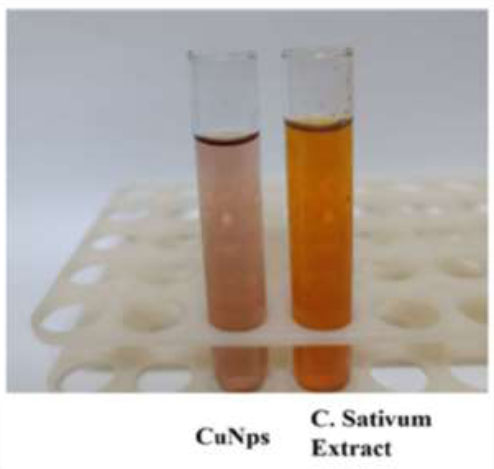The Open Biotechnology Journal is an open-access journal that publishes research articles, reviews/mini-reviews, and letters in all core areas of biotechnology, including basic and applied research. The journal includes topics related to molecular engineering of nucleic acids and proteins, biotechnology of dynamically monitoring metabolites and biomarkers in vivo, molecular therapy and diagnostics, DNA/protein engineering and processing, Therapeutic biotechnology (gene therapy, peptide inhibitors, enzymes), imaging technology and large scale biology, regenerative medicine, analytical biotechnology, genome data mining, bioprocessing of food and drugs, development of functional and personalized food, bioprocessing and production of micronutrients, agricultural biotechnology and biological control of pests and environmental biotechnology, environmental bioremediation and bioenergy production.
The Open Biotechnology Journal, a peer-reviewed journal, is an important and reliable source of current information on developments in the field. Emphasis is placed on publishing quality papers, making them freely available to researchers worldwide.
The Open Biotechnology Journal is an international, peer-reviewed, open-access journal covering all aspects of biotechnology published continuously by Bentham Open.




